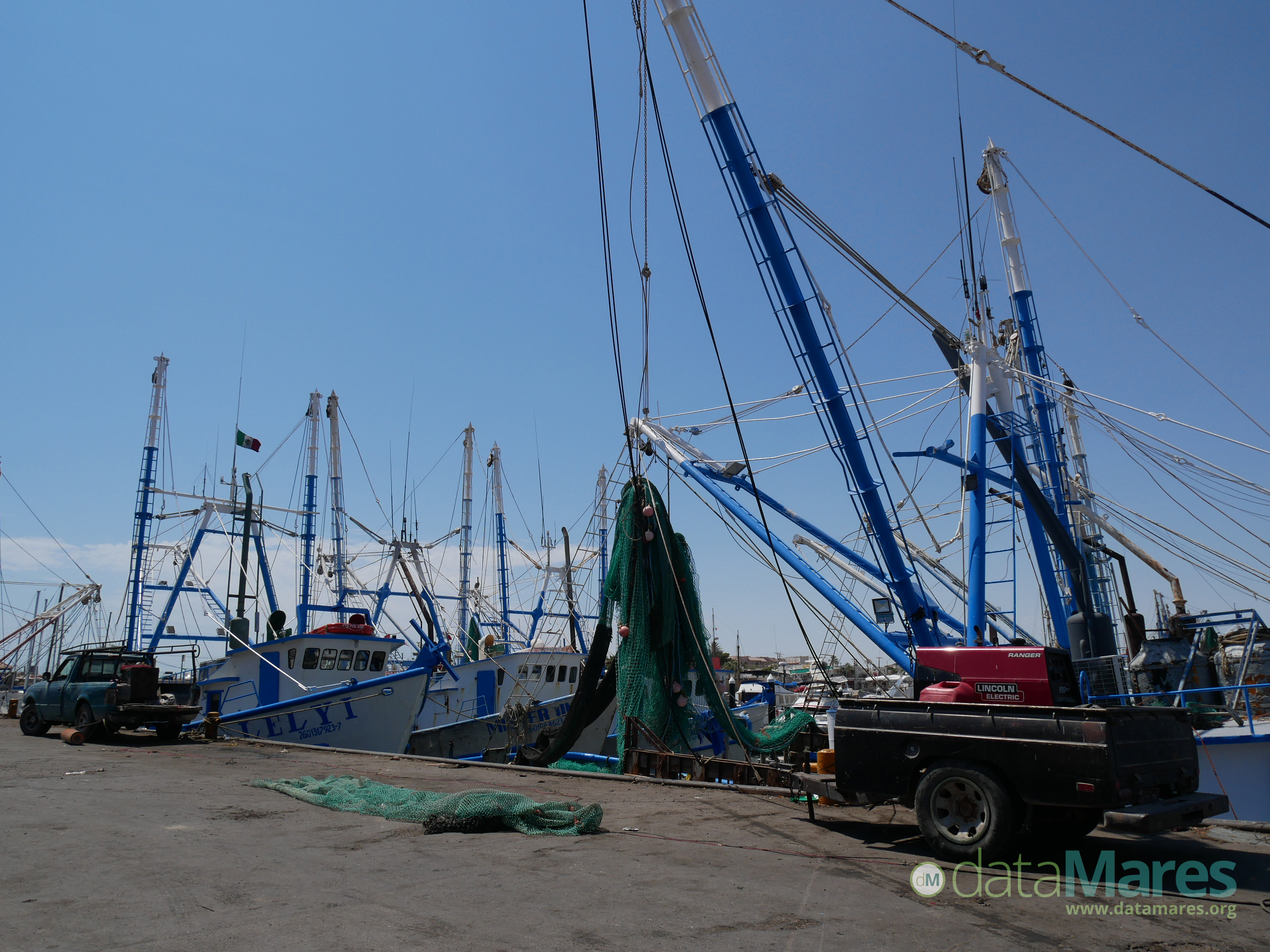The infrastructure for the fishing sector in Mexico.

Fishing and aquaculture are of great social and economic importance. In 2014, it was estimated that, worldwide, 56.6 million people were employed in activities related to fishing and aquaculture sectors (1). In Mexico, these two sectors provide a source of food, livelihood and even recreation to the coastal population.
The information presented here comes from the statistical yearbooks on aquaculture and fisheries published by the National Commission of Aquaculture and Fisheries (CONAPESCA) in Mexico from 1980-2017. Specifically, the data here is on small-scale and large-scale fishing vessels, processing plants, cooperative societies and companies that make up the value chain, as well as production units.
Major findings:
According to the most recent yearbook (2017) *, the fishing fleet is comprised of 2,020 industrial fishing vessels, and 74,286 small-scale vessels (2). The industrial fleet has adequate port infrastructure and supplies raw fisheries product to the processing sector, which then exports or supplies the domestic market. The artisanal fishing sector is distributed throughout the entire Mexican coast and its impact on economic, social and coastal development, as well as food security, is significant (3).
Mexico has around 47,493 meters of dock for the berth of fishing vessels: 28% in the ports of the Pacific Ocean and 72% in those of the Gulf of Mexico and the Caribbean Sea. Just over 60% of this infrastructure is used by the small-scale sector, while the industrial sector uses 38% of the port facilities.
There are 412 processing plants in the country, capable of processing 714 tons of product per hour. More than half (54.6%) are freezers, 11% are canning facilities, 4% are plants where reduction processes are carried out and 30% are dedicated to some kind of artisanal process.
According to the yearbook, there are 1,447 shrimp production units; 1,371 are on the Pacific coast and only 76 on the Gulf of Mexico and the Caribbean. There are 9,230 units available for grow-out: 3,197 in the Pacific, 2,902 on the Gulf of Mexico and the Caribbean, and 3,131 in landlocked states.
The fishing population is made up of 295,033 people engaged in fishing and aquaculture activities. CONAPESCA reports 22,942 fishing companies categorized under fishing (8,632), aquaculture (4,862), industrialization (412) and marketing (9,036) activities. In addition, there are 4,896 cooperative fishing production societies; 103 engaged in industrial fishing, 3,900 small-scale fishing and 893 for aquaculture production.
*At the time of publication (June 21, 2019), the most recent yearbook published by CONAPESCA corresponds to 2017.
Authors:
Catalina López-Sagastegui*, Raquel López-Sagástegui**, Santiago Domínguez-Sánchez**
Contact Information:
DOI:
https://doi.org/10.13022/M3B93Q
Affiliations:
*UC-Mexus, University of California at Riverside; **dataMares, Centro para la Biodiversidad Marina y la Conservación, A.C. (CBMC)
Acknowledgements:
How to cite this story:
Catalina López-Sagastegui, Raquel López-Sagástegui, Santiago Domínguez-Sánchez (2020): The infrastructure for the fishing sector in Mexico. dataMares. InteractiveResource. https://doi.org/10.13022/M3B93Q
References
- FAO (2016) El estado mundial de la pesca y la acuicultura 2016. Contribución a la seguridad alimentaria y la nutrición para todos. Roma. 224 pp.
- Comisión Nacional de Acuacultura y Pesca (2017). Anuario Estadístico de Acuacultura y Pesca.
- Programa Institucional del INAPESCA 2013-2018. DOF. 14 de agosto del 2014.

